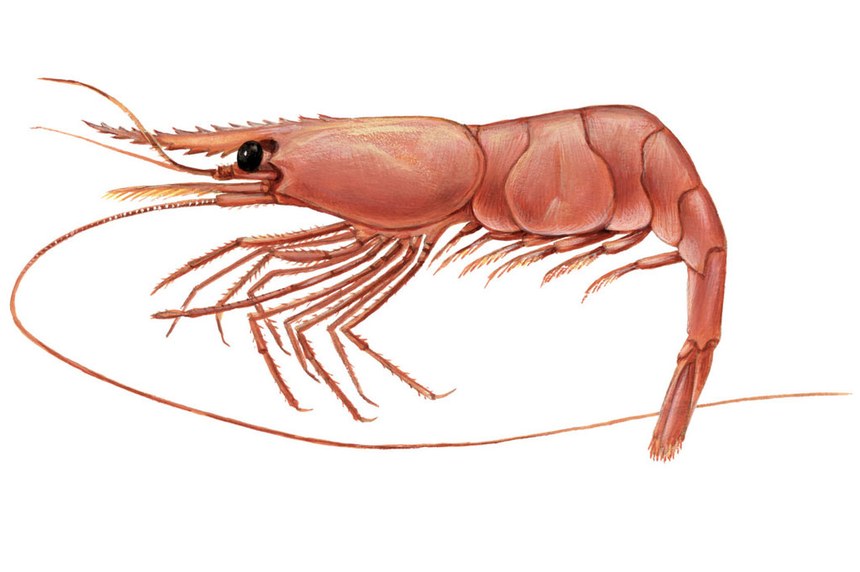Overview
Fisheries are composed of one or more parts, each of which is entitled to receive an MSC certificate. These parts or “units” are defined by their target stock(s), fishing gear type(s) and if relevant vessel type(s), and the fishing fleets or groups of vessels.
When the term “Unit of Certification” is used for fishing units that are in assessment, it refers to the “Unit of Assessment” or “Unit of potential certification”. Expand a status below to view the parts that form this fishery. To check the detailed scope, download the latest certificate or open the Assessments page to get the latest report. Find out more by visiting our page on Fisheries
Catch by Species
| Species | Reported Catch Year | Metric Tonnes |
|---|---|---|
| Northern prawn (Pandalus borealis) | 2022 | 4,406 |
Information is provided by an independent Conformity Assessment Body as live weight (the weight of species at the time of catch, before processing) and where a fishing season covers multiple years, the end year is given as the reported catch year. Additional information is available in the latest report, see the assessments page.
About this Fishery
This fishery is located in the North Sea, in Swedish, Danish and Norwegian waters. It is managed jointly by Norway and the EU, and advised by ICES.
The vessels in the fleet use twin bottom trawls to target Pandarus borealis, better known by names including pink shrimp, deep-water prawn, deep-sea prawn, great northern prawn, crevette nordique and northern shrimp. The species is found at depths from 20-1,330 metres, usually on soft muddy bottoms, in waters with a temperature of 0-8°C.
Individual prawns are hermaphrodite, starting as males before turning into females after one or two years. Males can reach a length of 120mm, females 165mm; and their lifespan can extend to eight years.
The Institute of Marine Research (IMR) is responsible for advising the Norwegian authorities by undertaking stock assessments, advising on sustainable exploitation rates and researching the wider impacts of fishing. The fishery has mainly been managed with a TAC system since 1992. Vessels are also obliged to use gear with a minimum mesh size (35mm), a grid with a maximum bar spacing of 19mm in the Skagerrak, and restrictions on by-catch landing are in force.
Overall control of fisheries management and policy in Norway falls under the Norwegian Ministry of Trade, Industry and Fisheries. The Directorate of Fisheries is responsible for fisheries administration such as licensing, application and enforcement of regulations, and control at point of landing. Responsibility for control and enforcement at sea in Norwegian waters, including inspection of gear, logbook and fishing areas remains with the Norwegian Coast Guard.
Cold water prawn (Pandalus borealis) image © Scandinavian Fishing Year Book
Market Information
2015 saw a catch of 6,346 tonnes. Large shrimps are mainly sold as cooked fresh shell-on to the domestic market, and exported to Sweden. Smaller shrimp are sold to the processing industry in Norway, Sweden and Denmark. Pandarus borealis’ carapace is a source of chitosan, a chemical used for a range of applications including treating bleeding wounds, filtering wine, and improving organic soil.
